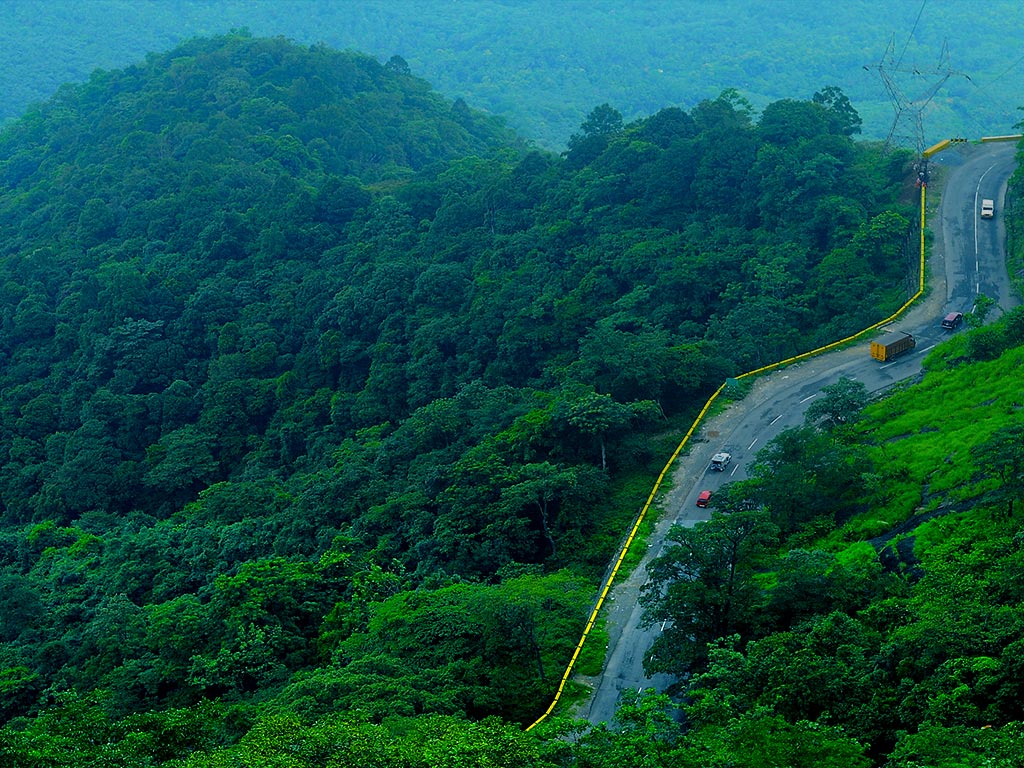

Think of Wayanad and the first few images that come to your mind will be that of the undulating mountains covered with green canopy. True to our imaginations about the land, the district harbours rich flora, which is characteristic of the Western Ghats. The cool climate is favourable for the growth of plantation crops and you can see coffee, tea and spices being cultivated across the district.
The district has more than 20,000 hectares of reserve forest and the abundantly grown tree in this area is teak trees. You can find not only the trees that grow commonly in Kerala, but also the wild-type trees like rose-wood, Anjili (Artocarpus), mullumurikku (Erthrina) etc. Several species of caussia and Silver Oak too are grown among coffee plantations to give shade to the coffee plants. Silver oak are grown to give support to the pepper vines too. Eucalyptus Grandis, a shorter variety of eucalyptus, is another flora seen in the area. While Silver Oak is used in plywood industry and has economic significance, eucalyptus too is cultivated on a commercial basis. Its fragrant oil is a product which has much demand in the domestic market. The local people of Wayanad grow arecanut palms and jack trees too.
The place is also blessed with rich wildlife, thanks to the presence of dense forests. If you are travelling during night through the Kozhikode – Mysore road, you can see herds of elephants, deer and hares sauntering through the neighbouring woods.
The district has a wildlife sanctuary which is located in two different parts of the region. They also lie adjacent to Mudumalai Wildlife Sanctuary of Tamil Nadu and Bandipur Tiger Reserve of Karnataka and this proximity too ensures the presence of wildlife.
 Climate Climate | A Short History  |